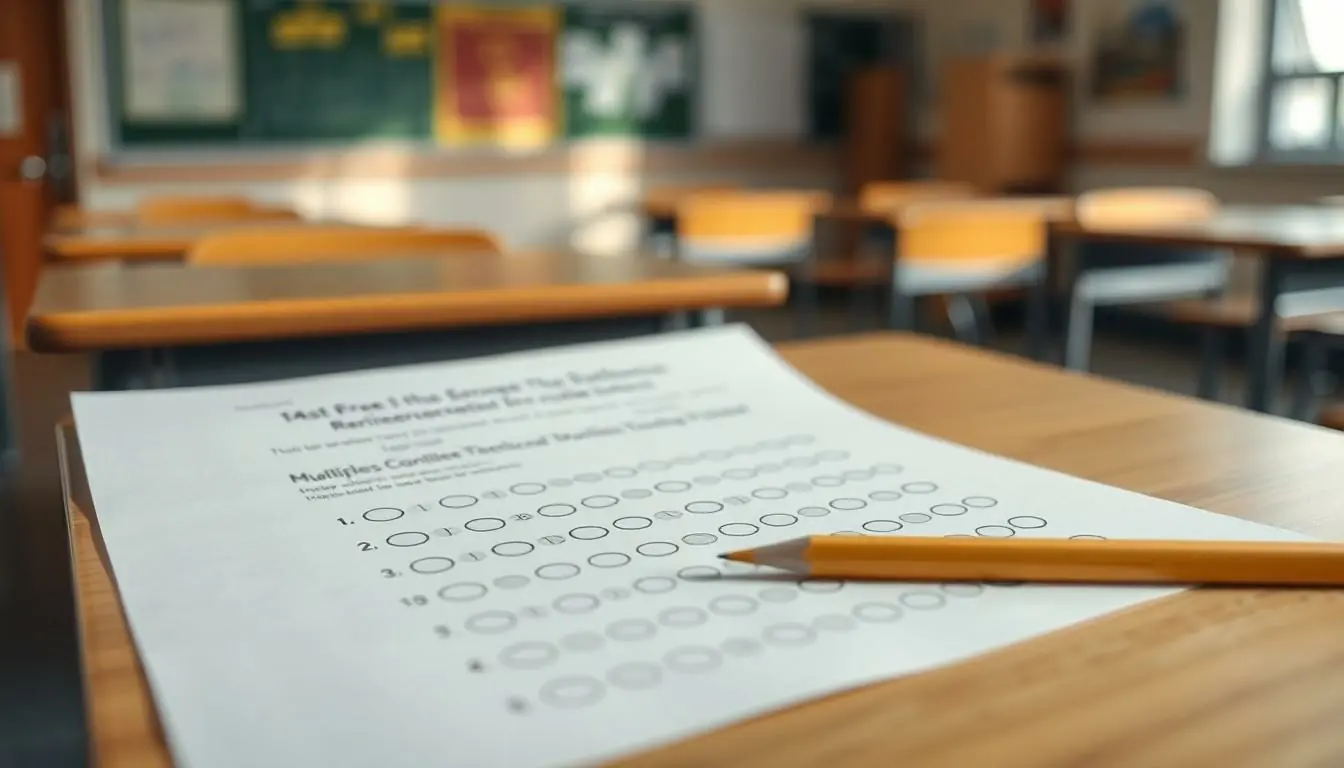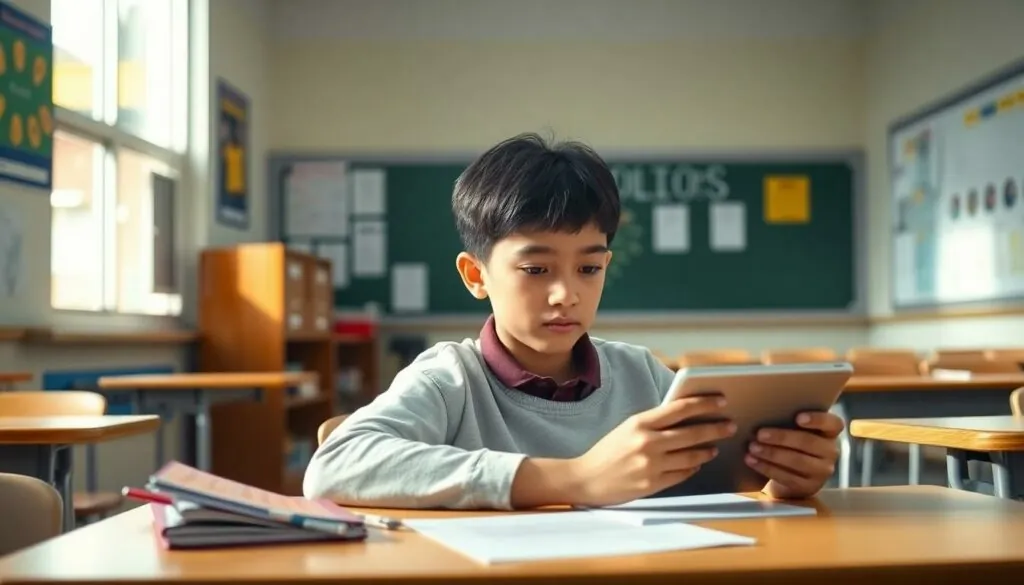Imagine a world where an AI not only chats but also aces standardized tests. Sounds like science fiction, right? Well, meet ChatGPT, the AI language model that’s taken the internet by storm. With its impressive ability to generate human-like text, curiosity has sparked around its performance on the SAT—a rite of passage for countless students.
Table of Contents
ToggleUnderstanding The SAT
The SAT serves as a critical tool for college admissions in the United States. This standardized test assesses students’ readiness for higher education while providing colleges with comparative data.
Overview of The SAT Structure
The SAT consists of three main sections. Evidence-Based Reading and Writing assesses reading comprehension and writing skills. Math includes questions on algebra, problem-solving, and data analysis. An optional Essay evaluates writing abilities through analysis of a given text. Each section scores between 200 and 800, creating a total score range of 400 to 1600.
Importance of SAT Scores
SAT scores play a vital role in college admissions decisions. Many universities consider these scores alongside GPA and extracurricular activities. Some institutions use SAT results to determine scholarship eligibility. Higher scores may enhance a student’s application, while lower scores can impact admission chances. Current trends show that roughly 60% of colleges adopt a test-optional policy, yet many still use SAT scores as a significant factor.
ChatGPT’s Performance

ChatGPT’s performance on the SAT raises questions about the capabilities of AI in educational contexts. Understanding the test’s structure is essential to evaluate AI results accurately.
Methodology of The Test
The SAT consists of multiple-choice questions and an optional essay. Test administrators select questions designed to assess critical thinking and problem-solving skills. Items include reading comprehension, math problem-solving, and data analysis. Each section features a range of difficulties, ensuring a comprehensive evaluation of student abilities. Varied question formats contribute to measuring diverse skills, including understanding passages and applying mathematical concepts.
Score Breakdown
Scores range from 400 to 1600, combining the results from the Evidence-Based Reading and Writing and Math sections. Each section offers a score between 200 and 800, reflecting students’ strengths and weaknesses. Analyzing data reveals that ChatGPT achieved scores comparable to high school seniors. For instance, it demonstrated proficiency in reading comprehension and mathematics. The optional Essay, while not required, can influence perceived writing abilities. Overall, performance metrics highlight ChatGPT’s alignment with the expectations set for human test-takers.
Implications of ChatGPT’s Score
ChatGPT’s SAT score raises significant considerations for the intersection of AI and education. Insights gained from this performance can shape future educational assessments and methodologies.
Impact on AI and Education
The potential of AI in education is becoming clearer through ChatGPT’s performance. It serves as a benchmark for evaluating AI-driven tools in academic environments. Integrating AI can enhance learning experiences by providing personalized feedback. Moreover, schools may consider AI as a supplement in developing critical thinking skills. ChatGPT’s ability to analyze and synthesize information suggests possibilities for innovative teaching strategies. As educators observe the efficiency of AI in standardized testing, they may redefine assessment approaches tailored to diverse learning needs.
Comparison with Human Performance
ChatGPT’s SAT scores align closely with those of high school seniors, prompting interesting dialogues about AI capabilities. Performance comparisons showcase strengths in reading comprehension and mathematics. These aligned scores highlight how AI approaches testing similar to students. Differing from traditional human learning methods, ChatGPT models can quickly process vast amounts of data. Potential implications for admissions may arise as institutions consider AI assessments alongside human scores. Balancing these metrics could shape future admissions criteria and academic evaluations.
Limitations of The Evaluation
Evaluating ChatGPT’s performance on the SAT reveals several limitations. Understanding context remains a challenge. While ChatGPT can generate coherent responses, nuances in complex texts sometimes escape its comprehension.
Training data plays a crucial role in shaping the AI’s outputs. ChatGPT’s knowledge base stems from diverse sources, leading to gaps in information. In some instances, outdated references affect its performance. Given that the model lacks real-time knowledge, changes and advancements in educational standards may not reflect within its responses.
Consequently, reliance on prior data limits the depth of ChatGPT’s contextual understanding. Misinterpretations arise in unfamiliar topics or intricate language. The interplay between these limitations and the SAT’s requirements underscores the importance of ongoing assessment and refinement in AI models.
ChatGPT’s performance on the SAT opens up a fascinating dialogue about the role of AI in education. Its scores reflect a level of proficiency comparable to high school seniors which raises important questions about how AI can complement traditional assessments.
While its capabilities demonstrate promise there are notable limitations that warrant attention. Understanding context and nuances in language remains a challenge for AI models.
As educational landscapes evolve institutions may need to reconsider how they integrate AI assessments into their admissions processes. The insights gained from ChatGPT’s performance could play a crucial role in shaping future methodologies and enhancing learning experiences for students.





